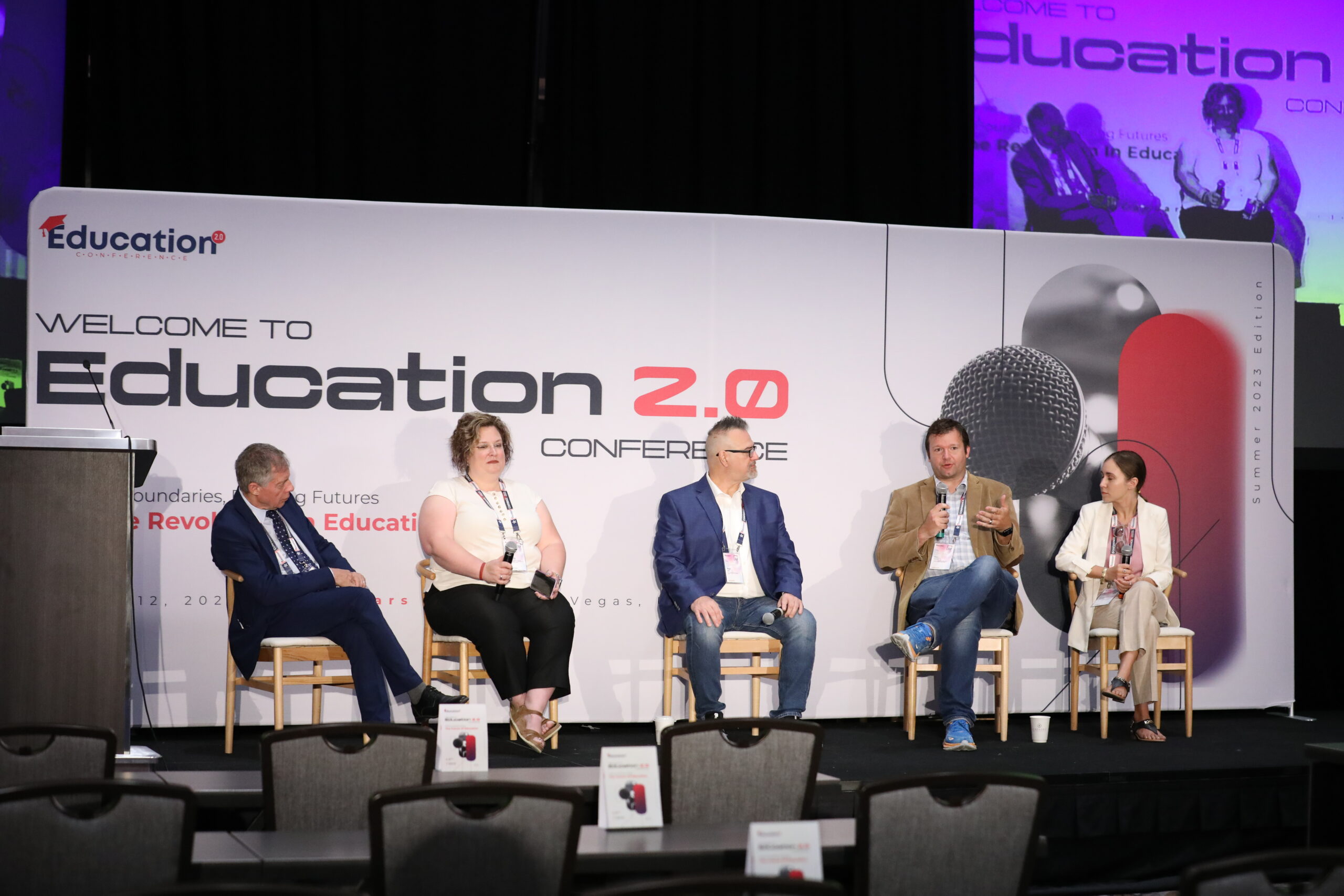
As the educational landscape undergoes a significant transformation, the gamification revolution emerges as a groundbreaking trend, particularly noticeable at upcoming education events such as the Education 2.0 Conference in the USA. This innovative approach is revolutionizing teaching methods, turning ordinary classroom environments into dynamic, interactive hubs of learning. By weaving the captivating components of game design into the fabric of educational processes, gamification enhances the learning experience by making it more efficient and appealing, effectively transforming the process into an engaging and interactive journey.
Interactive elements like point scoring, competition, and rewards make learning more fun and relatable. Furthermore, it encourages students to develop problem-solving skills, critical thinking, and collaboration, preparing them for real-world challenges. Gamification in education is not just a fleeting trend; it represents a shift in the paradigm of how knowledge is imparted and received, making it a vital tool for educators worldwide.
Table of Contents
The Essence Of Gamification In Education
Gamification in education is a strategic melding of educational content with game-like elements. This innovative approach capitalizes on the intrinsic motivations and engagement mechanics found in games, applying them to the learning process. It’s about creating an educational journey that is as compelling as it is informative.
- Points And Scoring Systems: These elements drive competition and personal achievement, encouraging students to engage more deeply with the material.
- Levels And Progression: Like a game, progressing through levels gives students a clear sense of achievement and advancement.
- Challenges And Quests: These provide real-world problem-solving opportunities within an engaging framework.
- Feedback And Rewards: Immediate feedback and rewards reinforce learning and motivate continued effort and improvement.
Transforming Traditional Learning Models
The introduction of gamification in education is not just an addition of playful elements but a transformation of traditional learning models. It reimagines the educational environment, making it more adaptable, interactive, and aligned with the ways students naturally engage with the world.
- Interactive Learning Environments: Gamification turns the classroom into a dynamic space, as often demonstrated in workshops at education conferences. Here, education is not just about listening but about engaging and interacting, offering a more vibrant learning experience.
- Customized Learning Experiences: It allows for personalized learning paths, catering to each student’s individual needs and learning styles.
- Integration Of Technology: Gamification often incorporates digital tools, making technology an ally in the educational process.
Impact On Student Engagement and Learning
The shift towards gamified learning has significantly influenced student engagement and learning outcomes. As Nelson Mandela once said, “Education is the most powerful weapon which you can use to change the world.” Gamification harnesses this power by making education more engaging and accessible.
Here are some key impacts of gamification on student engagement and learning, as suggested by experts at global education conferences such as the upcoming Education 2.0 Conference in the US.
- Increased Motivation: Gamified elements make learning more enjoyable, thus increasing students’ willingness to participate.
- Enhanced Engagement: The interactive nature of gamified learning keeps students interested and focused for longer periods.
- Improved Retention: Engaging methods have been shown to enhance memory and understanding.
- Statistics: Research from the University of Colorado reveals that gamification in learning leads to a 14% rise in skill-based assessments and a 9% increase in factual-knowledge assessments.
The Role Of Educators In The Gamified Classroom
In a gamified classroom, educators transcend traditional teaching, evolving into pivotal game designers and facilitators. Their role, often highlighted in education conferences, is to blend learning with play, creating engaging challenges and rewards that align with educational objectives. Educators guide students through this innovative journey with a keen focus on achieving educational goals. They ensure that playful gamification elements enhance the learning experience.
Additionally, their responsibilities include critical assessment and feedback, as discussed in various education conferences. This ongoing evaluation is crucial for adapting game elements to meet students’ evolving educational needs, ensuring the gamification approach remains both effective and captivating for all students.
Challenges And Considerations
Despite its many benefits, gamification in education is not without its challenges. It requires a delicate balance and thoughtful implementation.
- Ensuring Educational Integrity: The primary focus must always be on learning outcomes, not just the gaming aspects.
- Inclusivity And Accessibility: Gamified learning should be accessible and engaging for all students, regardless of their learning styles or abilities.
- Resource And Training Requirements: Effective gamification might need additional resources like technology, time, and professional development for educators.
Future Of Gamification In Education
The future of gamification in education promises significant advancements, leveraging emerging technologies like Virtual Reality (VR) and Augmented Reality (AR) to create more immersive learning experiences. Personalization will become key, with adaptive learning technologies tailoring content to individual student needs and progress. Additionally, there will be a focus on fostering collaboration and social learning, encouraging cooperative experiences that reflect real-world social dynamics. This evolution in education aims to make learning not only more effective but also engaging and interactive.
Conclusion
The gamification revolution in education is more than just a fleeting trend; it’s a pivotal transformation in our educational paradigm. This innovative approach is about transforming learning into an exhilarating adventure, turning each lesson into a journey that students are not just willing but eager to embark on. As we integrate gamification into education conferences and seminars, we’re witnessing an exciting evolution in teaching methodologies.
This approach is not only making waves in individual classrooms but also reshaping the discourse at education conferences globally, such as the Education 2.0 Conference. In this revolution, every classroom and conference is seen as a potential playground of knowledge, where the thrill of learning is celebrated and nurtured.